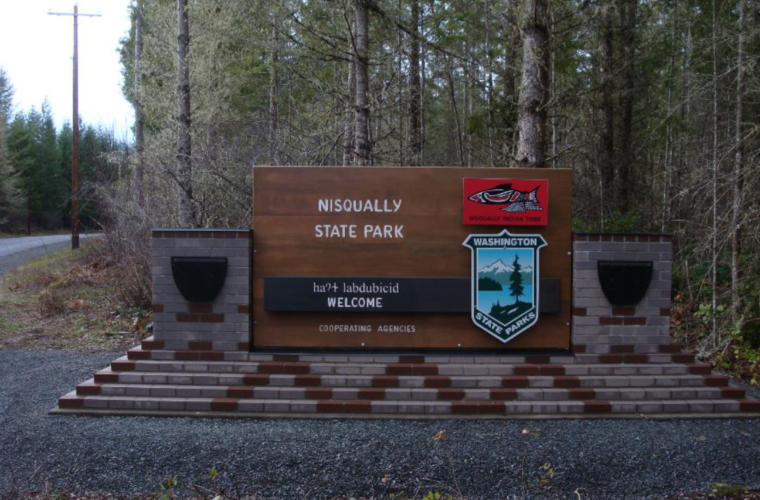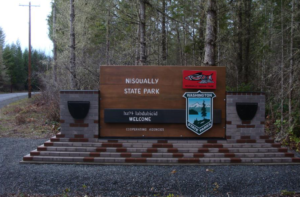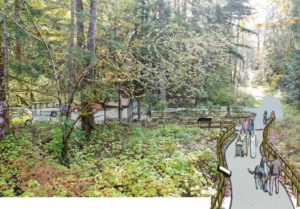
A somewhat overlooked marketplace in years past is now one that should be monitored regularly. Billions of dollars in federal funding, designated specifically for tribal lands, are flowing to Native American communities throughout the U.S. and, projects of all sizes and types are ready to launch in 2023.
The feverish levels of investment in tribal communities began with COVID funding. Then, the American Rescue Plan Act (ARPA) sent billions more to native tribal lands. The trend continues and the funding has supported more than 3,000 projects in the last several years. Hundreds of additional projects for affordable housing, health care facilities, broadband, water and workforce development are planned. More than 2.6 million tribal citizens throughout the country will benefit from projects such as these.
The horizon for tribal infrastructure continues to be bright. Passage of the Infrastructure Investment and Jobs Act (IIJA) yielded another $13 billion in set-asides for tribal communities and the 2023 Consolidated Appropriations Act appropriated billions more for tribal infrastructure.
Within that amount, a major funding source is the State and Tribal Assistance Grants program which currently has $4.5 billion designated for tribal projects. That funding is divided into categories of intended use, and over half the amount ($2.8 billion) is earmarked for water projects. From the remainder of the funds, $100 million is available for brownfield cleanups, and another $100 million is tagged for diesel emission reduction projects. The federal government’s 2023 appropriations bill increases funding for Native American Programs and pushes annual funding allocations beyond the $1 billion mark. Finally, the Tribal Broadband Connectivity Program has already supported $1.7 billion in broadband projects. The certainty of even more to come is accelerating progress.
In Anchorage, Alaska, 73 Alaska Native Tribal governments have millions in federal funding for broadband projects. A recent federal grant of $35 million will support projects to ensure that high-speed internet is uniformly accessible for tribal communities. A consortium that includes officials, businesses and tribal organizations in the state has been designated to help oversee tribal broadband infrastructure and telehealth services will be a major focus.
The Apache Tribe located in Anadarko, Okla., recently received $10 million from the Tribal Broadband Connectivity Program and it will be used to deploy 80 miles of fiber for connectivity in middle-mile gaps on tribal land. The fiber infrastructure will also have 36 direct connections to community institutions for last-mile coverage.
In Nixon, Nev., a similar $11 million project is also in the planning and design stage. The Pyramid Lake Paiute Tribe will oversee the build-out of middle-mile connections to area homes. A series of 29 tribal facilities such as a library, public safety buildings and higher education institutions will comprise the backbone of an integrated, high-speed fiber network. The project will also include 40 miles of fiber infrastructure which will be entrenched along roadways. Solicitations are anticipated in 2023.
A $30 million project in Olympia, Wash., will deliver broadband to village facilities in a state park. Another $20 million is available for a culture center and $15 million is available to improve a community water system. Another $4.1 billion project for Interstate 5 bridge repair is also being planned.
At the state level in Washington, the Nisqually Indian Tribe is partnering with state officials to co-manage development of tribal lands into a new state park. This initiative will make the state eligible for other federal funding. The park project will also advance plans for construction of a tribal culture center – a project that carries a projected cost of $20 million.
Additional components of the tribal plan include a $15 million water system improvement project and the adoption of an energy code to ensure tribal facilities are powered by renewable energy.
A $32.8 million project in Todd County, S.D. will benefit the Rosebud Sioux Tribe. Funding from the USDOT’s rural grant program will support freight mobility, economic development, climate resilience and safety through improvements to 24 miles of arterial roadway that the economically disadvantaged tribal community relies on for access to resources beyond their tribal land.
Even as federal funding programs propel projects like these to delivery, newer streams of funding will open in May of this year. Tribally focused grant programs including the Indian General Assistance Program, Tribal Response/Brownfields, and Tribal Water Infrastructure programs will make billions more available for infrastructure-related projects. The Department of Energy’s Powering Unelectrified Tribal Buildings program also has a grant cycle that will be available for projects and the Clean Energy Technology Deployment on Tribal Lands program has millions more to allocate later in 2023.
Most upcoming projects fall into the categories of large, critical and complex. Private sector partners will be in high demand for collaborative initiatives in the next few months.


